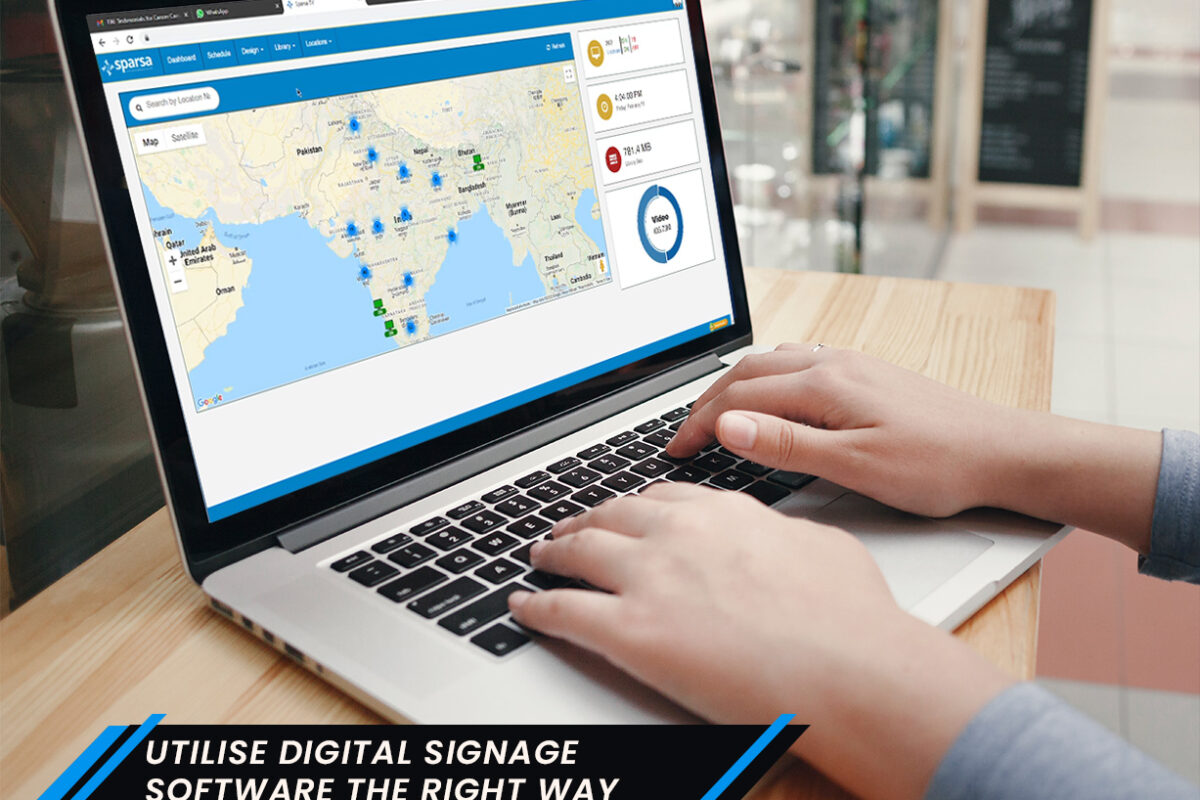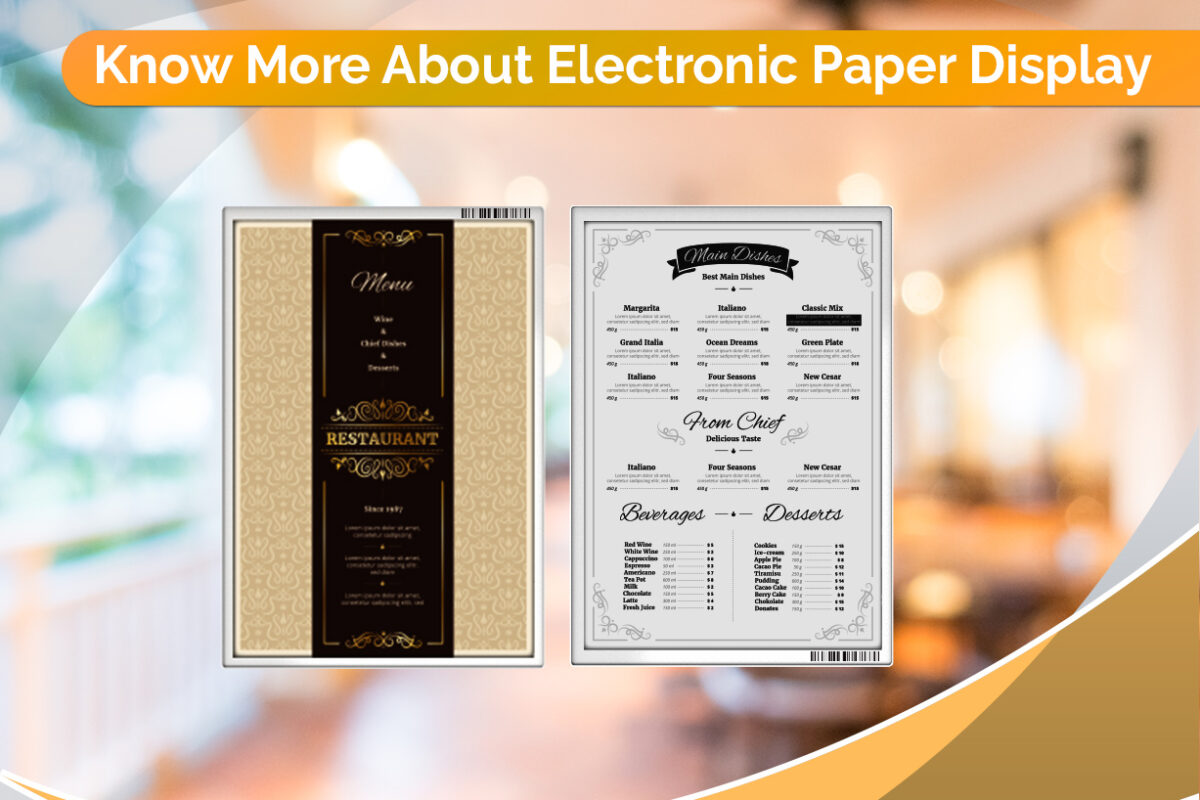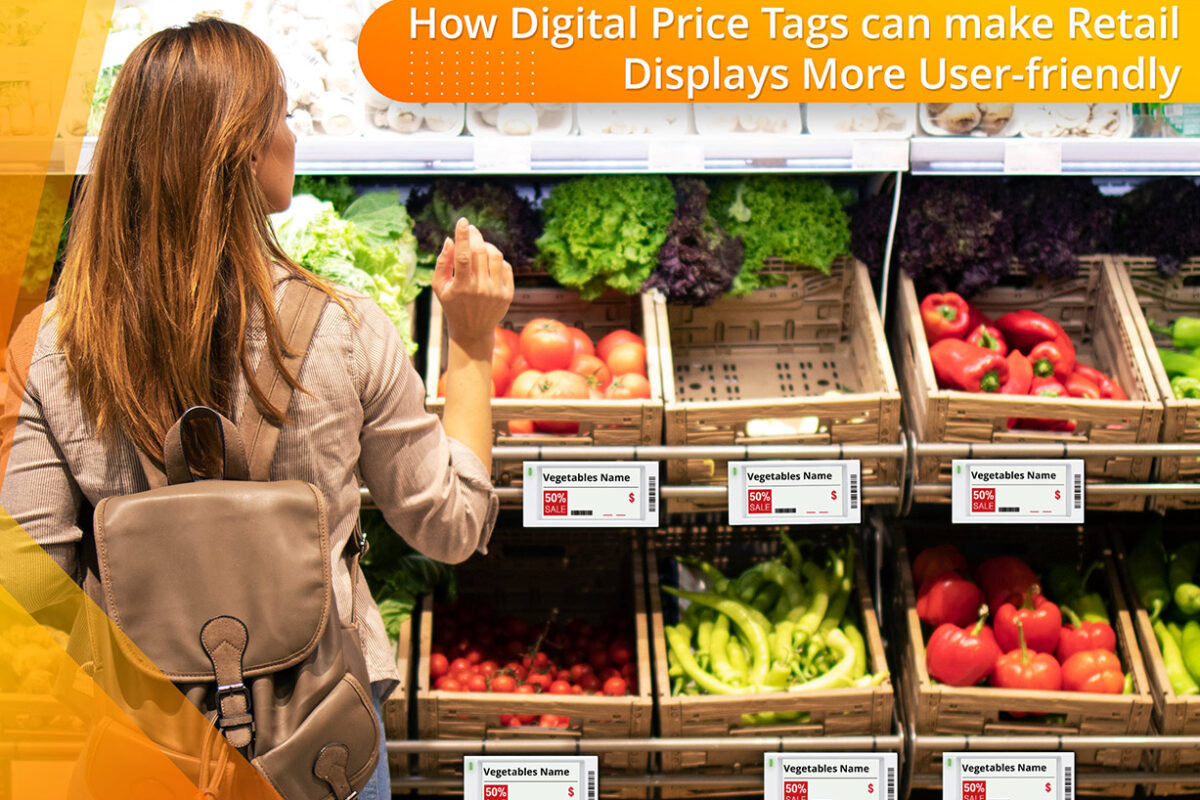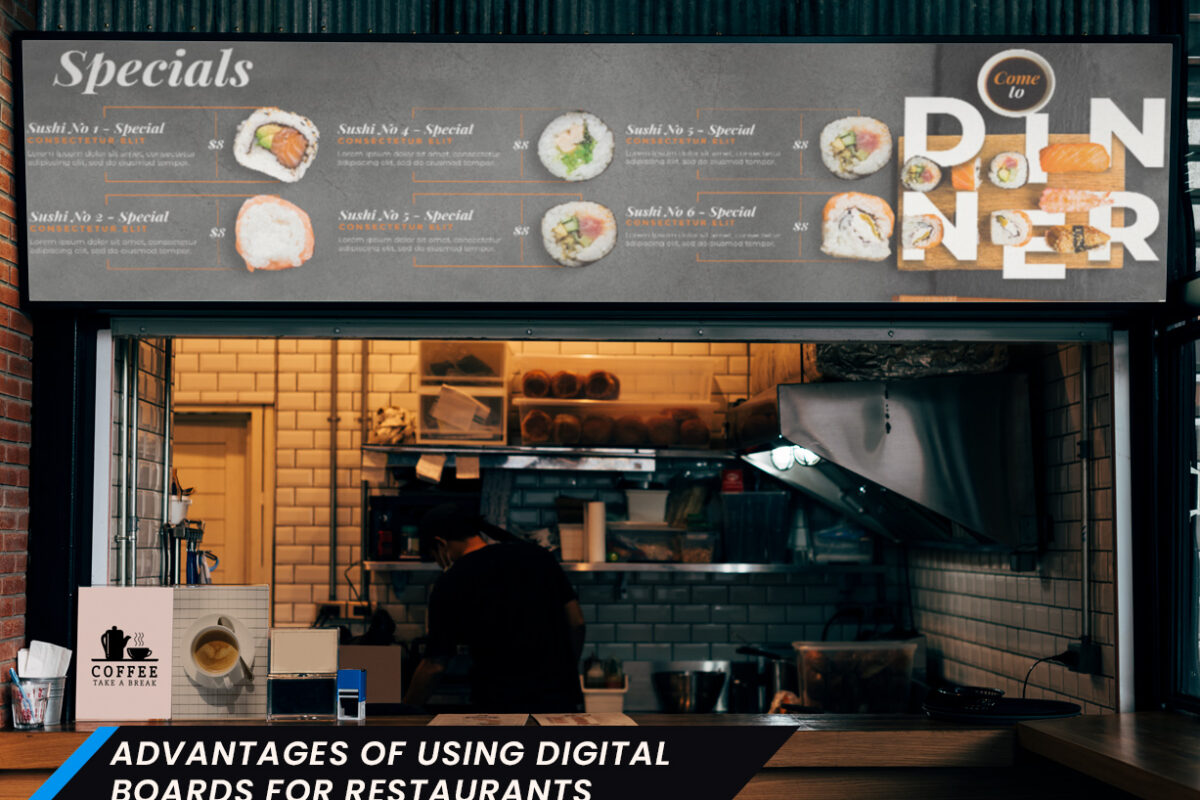Digital signage is a powerful tool that can be used to display dynamic content in various public spaces. It has become increasingly popular in recent years due to its ability to deliver engaging and informative messages to a wide range of audiences. Digital signage software is the backbone of any digital signage network, allowing businesses to manage and schedule content on their displays. In this blog, we will discuss digital signage software and its importance in the world of digital signage.
Digital signage software is a type of application that is used to manage digital signage networks. This software can be used to create, schedule, and display content on digital signage displays. It allows businesses to control their digital signage network from a central location, making it easier to manage content and ensure that it is displayed on the correct displays at the right times.
Some More Benefits
One of the primary benefits of digital signage software is that it allows businesses to display dynamic content that can be updated in real-time. This means that businesses can quickly and easily update their content to reflect changing circumstances, such as promotions or events. Digital signage software also allows businesses to schedule content in advance, which is particularly useful for displaying seasonal content or for scheduling regular updates.
There are several types of digital signage software available on the market today. Some of the most popular include cloud-based digital signage software, on-premise digital signage software, and open-source digital signage software. Each of these types of software has its unique features and benefits, and businesses should choose the one that best meets their needs.
Cloud-based digital signage software is one of the most popular types of digital signage software. This type of software is hosted on a remote server and can be accessed from any device with an internet connection. Cloud-based digital signage software is particularly useful for businesses that have multiple locations or for businesses that want to manage their digital signage network remotely.
On-premise digital signage software, on the other hand, is installed on a local server or computer. This type of software is typically used by businesses that want to keep their data and content within their network. On-premise digital signage software is also useful for businesses that have limited internet connectivity or that have specific security requirements.
Open-source digital signage software is another type of digital signage software that is becoming increasingly popular. This type of software is free and can be modified by anyone with programming knowledge. Open-source digital signage software is particularly useful for businesses that want to customize their digital signage network to meet their specific needs.
Digital signage software can be used in a wide range of industries, from retail and hospitality to healthcare and education. In the retail industry, digital signage can be used to display product information and promotions. In the hospitality industry, digital signage can be used to display information about events or to provide wayfinding information. In the healthcare industry, digital signage can be used to display patient information or to provide educational content.
When choosing digital signage software, businesses should consider a range of factors, including cost, features, and ease of use. Businesses should also consider the support and training that is available with the software, as well as the compatibility with their existing hardware.
More on Digital Standees
Digital standees are a relatively new addition to the world of digital signage, but they are quickly gaining popularity due to their versatility and effectiveness. A digital standee is essentially a standalone digital display that can be placed in a variety of locations to promote products, services, or events. In this blog, we will explore the benefits of using digital standees and how they can be used effectively in various industries.
One of the primary benefits of digital standees is that they are incredibly versatile. They can be placed in a variety of locations, from retail stores and shopping malls to exhibition halls and trade shows. Digital standees are also easy to set up and can be quickly moved from one location to another, making them ideal for businesses that want to promote their products or services in different locations.
Another advantage of digital standees is their ability to attract attention. Digital standees can display dynamic content, such as videos, animations, and images, that can capture the attention of passersby. This can be particularly useful in busy locations where it can be challenging to stand out from the crowd. With a digital standee, businesses can create eye-catching displays that can quickly grab the attention of their target audience.
Digital standees are also incredibly cost-effective when compared to traditional print advertising. While print ads can be costly to produce and distribute, digital standees can be updated and modified quickly and easily. This means that businesses can create multiple ads for different products or services without incurring significant costs. Digital standees also eliminate the need for physical storage space, reducing overheads for businesses.
One of the most significant benefits of digital standees is their interactivity. Many digital standees are equipped with touchscreens that allow users to interact with the content on display. This can be used to provide more information about products or services, to showcase different options or to collect data about user preferences. By providing a more engaging and interactive experience, businesses can increase engagement and conversion rates.
Digital standees can be used in a variety of industries, from retail and hospitality to healthcare and education. In the retail industry, digital standees can be used to promote products or services, provide wayfinding information, or showcase special offers or discounts. In the hospitality industry, digital standees can be used to display menu options, provide information about local attractions, or showcase special events or promotions.
In the healthcare industry, digital standees can be used to provide patient information, display health and safety messages, or showcase new treatments or services. In the education industry, digital standees can be used to provide wayfinding information, promote upcoming events, or showcase student work.
When designing content for digital standees, businesses should consider the following factors:
- Visuals – Digital standees rely on visually engaging content to capture the attention of their audience. Businesses should use high-quality images and videos that are relevant to their target audience.
- Messaging – The messaging on a digital standee should be clear and concise. Businesses should aim to communicate their message in a few seconds, as this is often the amount of time that a passerby will spend looking at the display.
- Interactivity – As previously mentioned, interactivity is a significant advantage of digital standees. Businesses should consider how they can make their displays more interactive, such as by incorporating touchscreens or providing opportunities for users to provide feedback.
- Call to action – A call to action is a vital component of any digital display. Businesses should aim to provide a clear and compelling call to action that encourages users to take action, such as by making a purchase or visiting a website.
End Note
In conclusion, digital standees are a powerful tool that can be used to promote products, services, and events in a variety of industries. They are versatile, cost-effective, and engaging, making them.
Even digital signage software is an essential tool for businesses that want to display dynamic content on their digital signage displays. It allows businesses to manage and schedule content on their displays from a central location, making it easier to ensure that the right content is displayed at the right time. There are several types of digital signage software available, each with its unique features and benefits. Businesses should carefully consider their needs and choose the software that best meets their requirements. With the right digital signage software, businesses can create engaging and informative displays that capture the attention of their audience and help to drive sales and engagement.
Still wondering where to start? You are at the right place. We, at Sparsa Digital, can help a business kickstart its journey with digital signage. Our solutions are tailored as per the requirements and budget of the businesses. This also helps maintain transparency in the long run. Get in touch with our digital solutions expert today. Make the most out of digital signage software.





